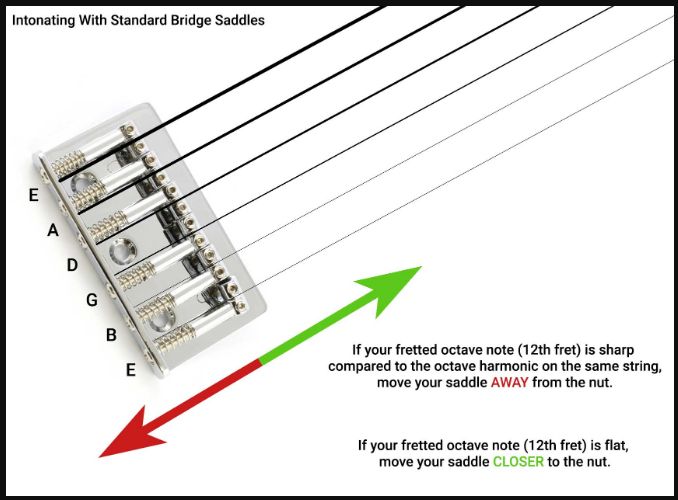The Changing Picture of Nonlinearity in Musical Instruments
A natural starting point for the study of any physical system is linearisation–leading to great simplification is terms of analysis, and also, in the computer age, to design flexibility and algorithmic simplification in simulation. The acoustics of musical instruments is no exception. One question, then, is: how much of the behaviour of a given instrument … Read more



